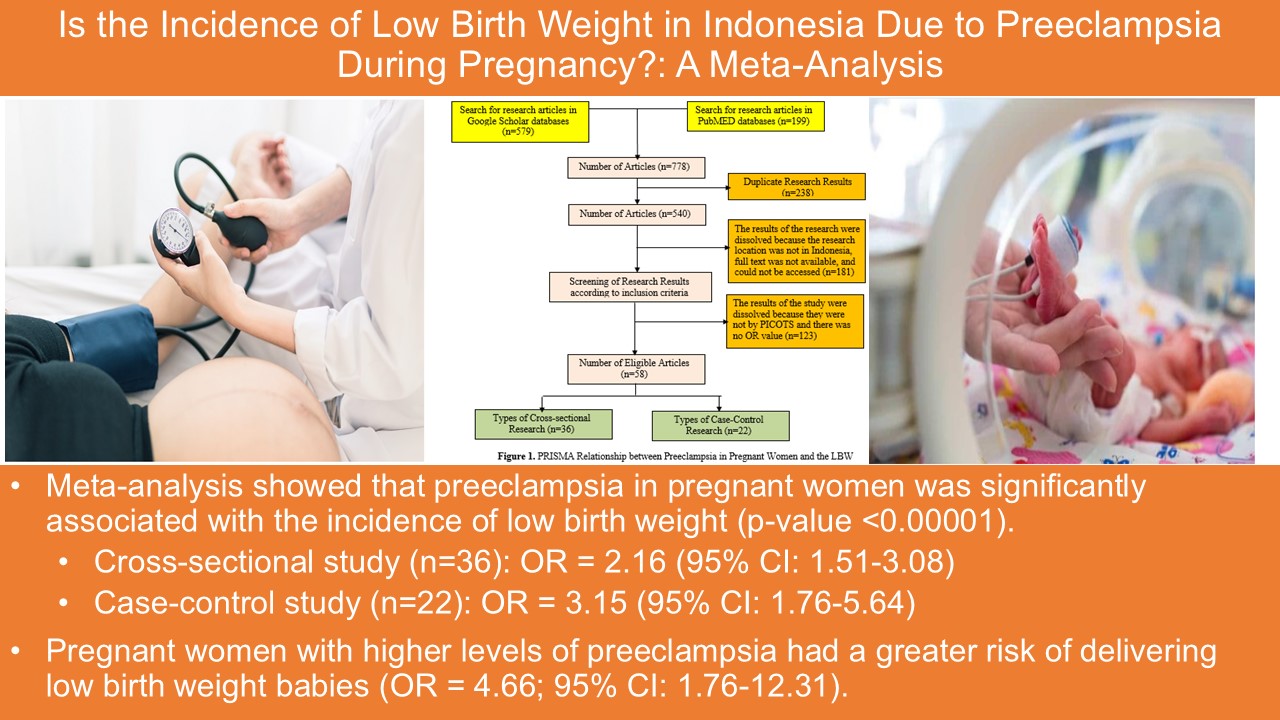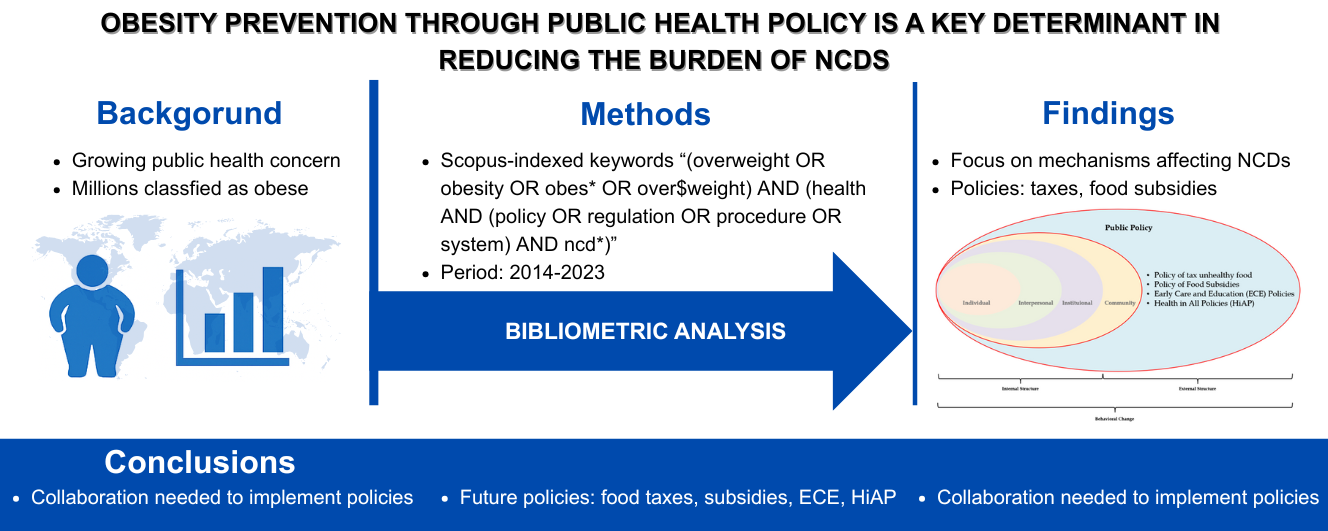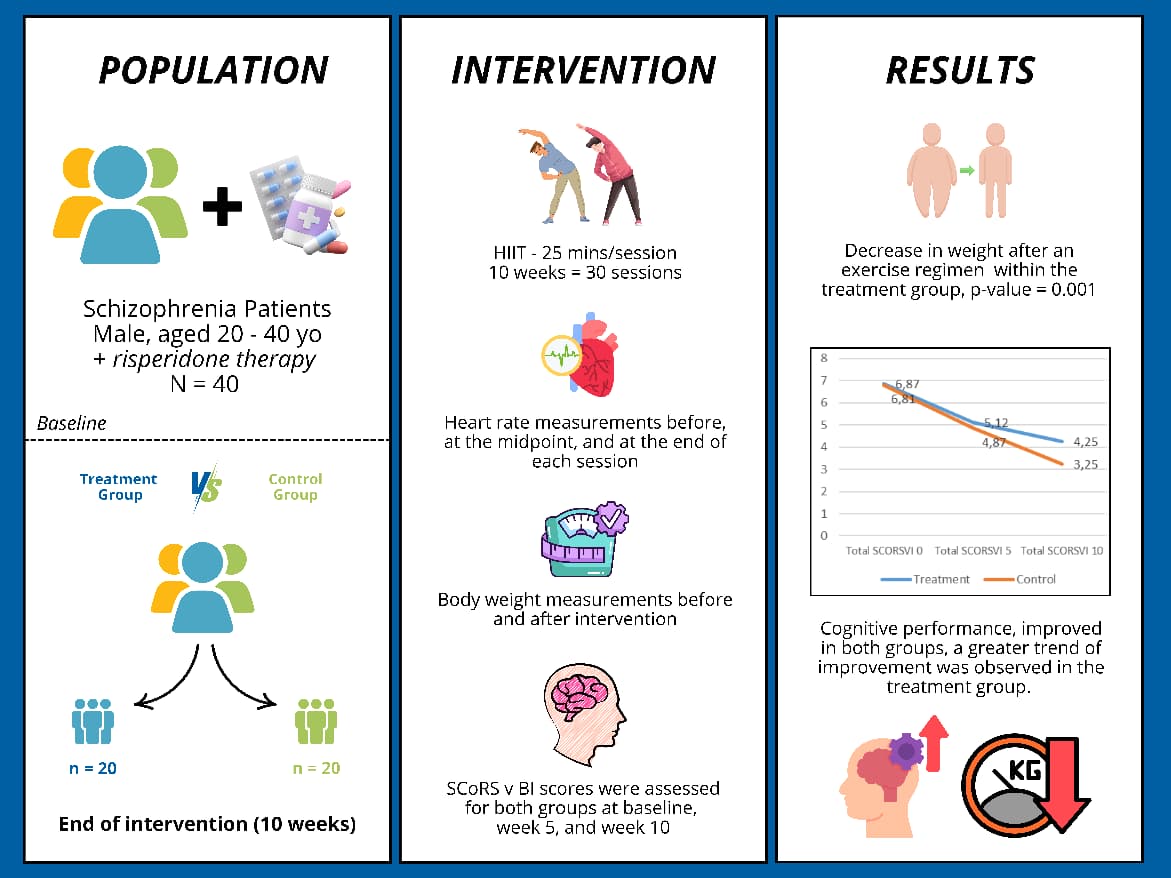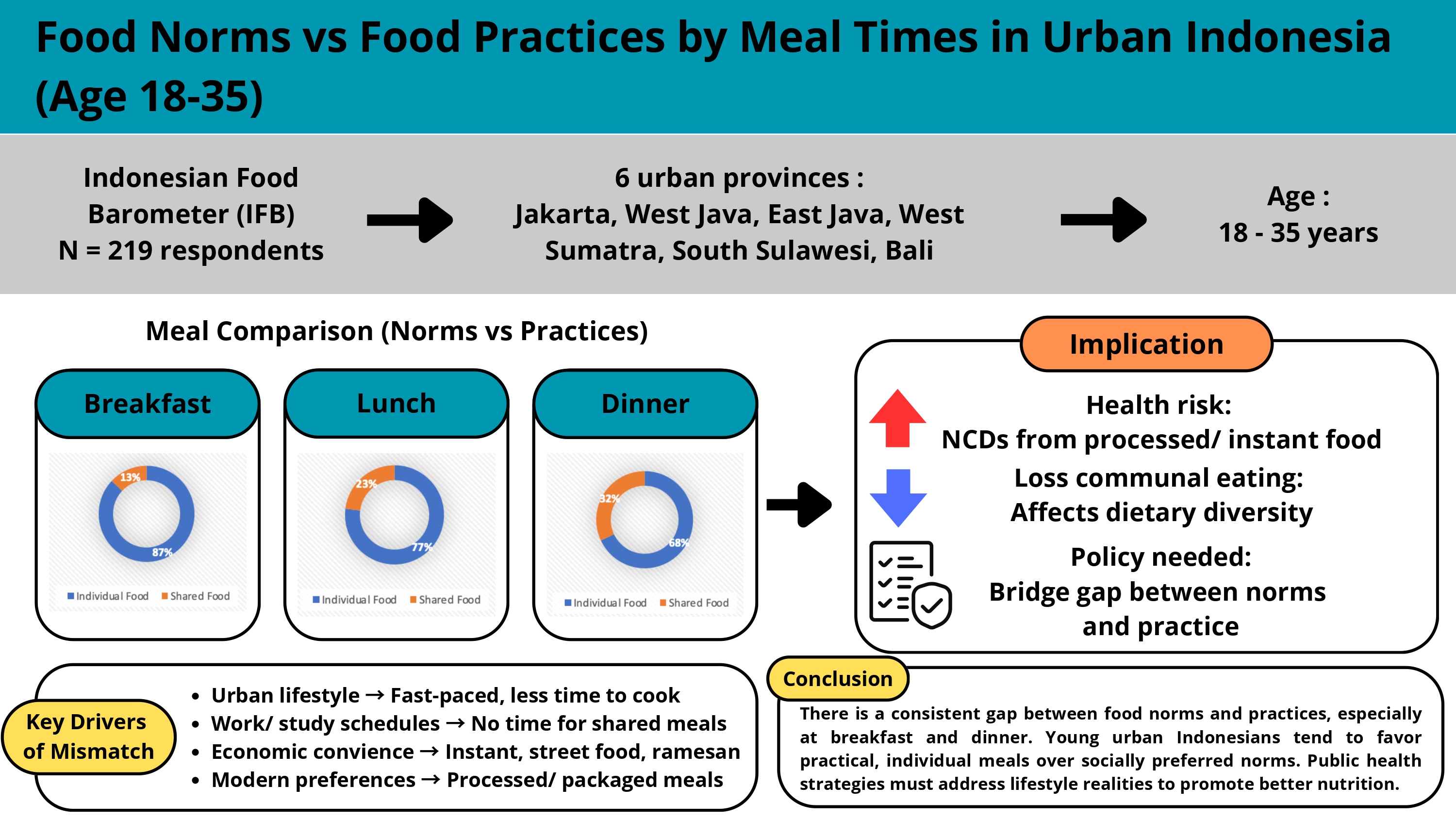The Influence of Calcium and Iron Supplementation in Pregnant Women to Affect Newborn Body Length in Bengkulu
Downloads
In 2021, the rate of stunting in Indonesia was 24.4%, and 21.1% happened in Bengkulu province. In 2020, the proportion of pregnant women who receive iron tablets in Bengkulu Province was 97%. Some regencies have a lower proportion, such as North Bengkulu at 87%. Pregnant women who suffer from the lack of iron and folic acid intake may experience anemia and impaired fetal growth. The aim of this study is to investigate the effect of calcium and iron supplementation in pregnant women on newborn body length in Bengkulu Province. This study used an experimental design with a post-test-only control group. The population was third semester pregnant women in Bengkulu Province. Subjects were taken using purposive sampling technique. The number of subjects involved was 29 in intervention group and control group. Instruments used ini this study were food frequency questionaire (FFQ), mid upper arm circumference tape, and a respondent characteristics questionnaire. Data analysis methods include independent t-test, correlation, and double linear regression. The consumption of iron tablets and calcium tablets (p=0.0001), as well as the nutritional status of pregnant women (p=0.0001), have significant effect on newborns body length. Calcium and iron tablets supplementation improve the nutritional status of pregnant women and increase newborn body length. However, it should be measured by using same controlling variables such as education, age, parity, protein intake, vitamin C intake, knowledge and gestational age of childbirth.
Adrian, K. (2020). Manfaat dan Dosis Aman Vitamin C untuk Ibu Hamil. https://www.alodokter.com/vitamin-c-untuk-ibu-hamil-manfaatnya-dan-dosis-aman-yang-dianjurkan
Amaliah, N., Sari, K., & Suryaputri, I. Y. (2016). Panjang Badan Lahir Pendek Sebagai Salah Satu Faktor Determinan Keterlambatan Tumbuh Kembang Anak Usia 6-23 Bulan Di Kelurahan Jaticempaka, Kecamatan Pondok Gede, Kota Bekasi. Jurnal Ekologi Kesehatan, 15(1), 3–9. https://doi.org/10.22435/jek.v15i1.4959.43-55
Arpianti Eka Wardani, N., Studi, P. S., & Husada Borneo, Stik. (2021). Kepatuhan Konsumsi Tablet FE, Tingkat Kecukupan Konsumsi FE dan Vitamin B12 Berkaitan dengan Anemia pada Ibu Hamil Compliance in consuming Fe tablets, adequacy level of Fe and Vitamin B12 consumption associated with anemia in pregnant women. Arsip Gizi Dan Pangan, 6(1), 1–9. https://doi.org/10.22236/argipa.v6i1.5917
Badan Pusat Statistik Provinsi Bengkulu. (2021). Profil Kesehatan ibu dan Anak Provinsi Bengkulu 2020.
Candra, A. (2020). Pemeriksaan Status Gizi. http://eprints.undip.ac.id/80671/1/BUKU_PEMERIKSAAN_STATUS_GIZI_KOMPLIT.pdf
Cormick, G., & Belizán, J. M. (2019). Calcium intake and health. Nutrients, 11(7), 1–16. https://doi.org/10.3390/nu11071606
Grzeszczak, K., Kwiatkowski, S., & Kosik-Bogacka, D. (2020). The role of fe, zn, and cu in pregnancy. Biomolecules, 10(8), 1–33. https://doi.org/10.3390/biom10081176
Husnah, H. (2017). Nutrisi Pada 1000 Hari Pertama Kehidupan. Jurnal Kedokteran Syiah Kuala, 17(3), 179–183. https://doi.org/10.24815/jks.v17i3.9065
Kemenkes, R. (2019). Riskesdas 2018.pdf. In Riset Kesehatan Dasar.
Kementerian Kesehatan Republik Indonesia. (2020). Pedoman Pemberian Tablet Tambah Darah (TTD) Bagi Ibu Hamil. 24.
Kementrian Kesehatan RI. (2018). Cegah Stunting, itu Penting. Pusat Data Dan Informasi, Kementerian Kesehatan RI, 1–27. https://www.kemkes.go.id/download.php?file=download/pusdatin/buletin/Buletin-Stunting-2018.pdf
Kementrian Kesehatan RI. (2019). Peraturan Menteri Kesehatan Republik Indonesia Nomor 28 tahun 2019 tentang Angka Kecukupan Gizi yang Dianjurkan untuk masyarakat Indonesia (Vol. 45, Issue 45, pp. 95–98).
Kementrian Kesehatan RI. (2021). buku saku hasil studi status gizi indonesia (SSGI) tingkat nasional, provinsi, dan kabupaten/kota tahun 2021. Angewandte Chemie International Edition, 6(11), 951–952., 2013–2015.
Kusuma, D. R., Aryawangsa, P. D., Satyarsa, A. B. S., & Aryani, P. (2020). Pengetahuan, Sikap Dan Perilaku Ibu Hamil Terhadap Nutrisi Selama Kehamilan Di Wilayah Kerja Upt Puskesmas Mengwi I, Badung, Bali. Gema Kesehatan, 12(1), 20–29. https://doi.org/10.47539/gk.v12i1.127
Mousa, A., Naqash, A., & Lim, S. (2019). Macronutrient and micronutrient intake during pregnancy: An overview of recent evidence. Nutrients, 11(2), 1–20. https://doi.org/10.3390/nu11020443
Ningrum, E. W., & Cahyaningrum, E. D. (2018). Status gizi pra hamil berpengaruh terhadap berat dan panjang badan bayi lahir. Medisains, 16(2), 89. https://doi.org/10.30595/medisains.v16i2.3007
Panburana, P., Komwilaisak, R., Tongprasert, F., Phadungkiatwattana, P., Kor-Anantakul, O., & Lumbiganon, P. (2021). Calcium consumption during pregnancy: A multicenter study in a middle-income country in southeast Asia. In International Journal of Women's Health (Vol. 13, pp. 31–38). https://doi.org/10.2147/IJWH.S285516
Rahmadi, A. (2016). Hubungan Berat Badan Dan Panjang Badan Lahir Dengan Kejadian Stunting Anak 12-59 Bulan Di Provinsi Lampung. Jurnal Keperawatan, XII(2), 209–218.
Sabatina Bingan, E. C. (2020). Hubungan Konsumsi Fe Dengan Panjang Badan Pada Anak Usia 12-24 Bulan. Media Informasi, 15(2), 115–120. https://doi.org/10.37160/bmi.v15i2.415
Setiawan, E., Machmud, R., & Masrul, M. (2018). Faktor-Faktor yang Berhubungan dengan Kejadian Stunting pada Anak Usia 24-59 Bulan di Wilayah Kerja Puskesmas Andalas Kecamatan Padang Timur Kota Padang Tahun 2018. Jurnal Kesehatan Andalas, 7(2), 275. https://doi.org/10.25077/jka.v7.i2.p275-284.2018
Swathma, D., Lestari, H., & Ardiansyah, R. (2016). Risk Factors Analysis of Low Birth Weight, Body Length at Birth and Basic Immunization History Toward Stunting of Children Aged 12-36 Months in Working Area of Local Government Clinic of Kandai Kendari Municipality in 2016. Jurnal Ilmiah Mahasiswa Kesehatan Masyarakat Unsyiah, 1(3), 186294. http://ojs.uho.ac.id/index.php/JIMKESMAS/article/view/1088/746

This work is licensed under a Creative Commons Attribution-NonCommercial-ShareAlike 4.0 International License.
- MEDIA GIZI INDONESIA Journal is the copyright owner of all materials published on this website.
- The formal legal provisions for access to digital articles of this electronic journal are subject to the terms of the Creative Commons Attribution-NonCommercial-ShareAlike license (CC BY-NC-SA 4.0), which means that MEDIA GIZI INDONESIA Journal and readers reserve the right to save, transmit media / format, manage in database, maintain, and publish articles as long as it continues to include the name of the Author.
- Printed and published print and electronic manuscripts are open access for educational, research and library purposes. In addition to these objectives, the editorial board shall not be liable for violations of copyright law.


2.png)





















